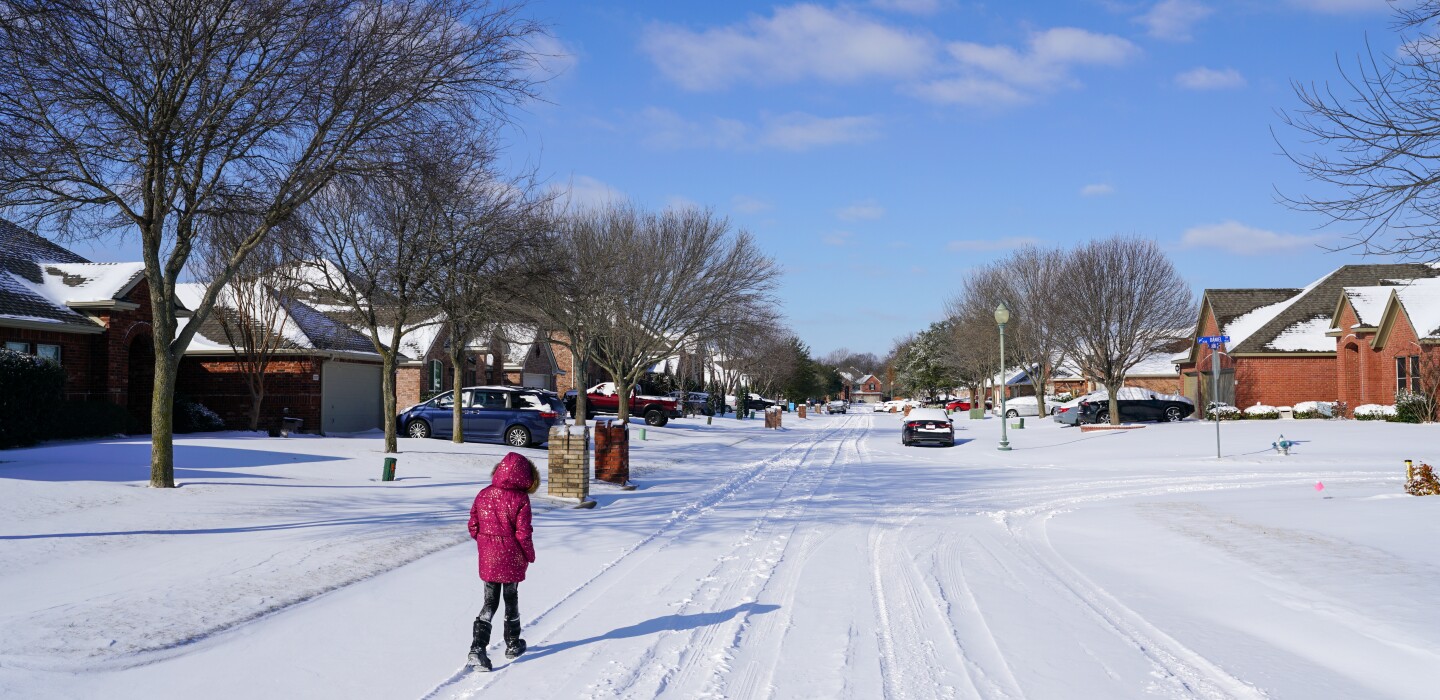
How to Prep for Severe Winter Weather as Temps Drop in Texas
(TNS) — As winter temperatures begin to drop, knowing what you need during a freeze can be the difference between comfortably waiting out inclement weather and being miserable.
Here are items to get before the weather turns ugly:
Food and water: The Texas Ready disaster supply checklist advises households to have at least a three-day supply of nonperishable foods and pet food along with one gallon of water per person and pet. A manual can opener can come in handy for nonperishable items in cans.
Devices and backup power: In case of a power outage, a flashlight and extra batteries should be included in an emergency supply kit. A battery-powered or crank radio should also be kept on hand to receive emergency alerts and updates. A backup cellphone battery charger and car charger are also included in the Texas Ready checklist.
Toiletries and other essentials: Everyday items such as toilet paper, soap, dental care products, and medications should all be kept on hand in case of emergency. The Texas Ready checklist also includes a first-aid kit and hand sanitizer, along with matches and a lighter kept in a waterproof container or sealed in a plastic bag.
Staying warm: Limit time outdoors or stay inside completely if possible and dress warmly in layers with blankets on hand. The United States Environmental Protection Agency advises to open curtains and window shades during the day to warm the indoor air and close them at night to retain heat.
When using a generator, only keep it outside and within 20 feet from a structure and away from windows.
HOW DO I RECEIVE UPDATES ON SEVERE WEATHER?
Oncor customers can get updates on the website and from its 24-hour outage line at 888-313-4747, the Star-Telegram previously reported. The electric delivery company will also offer text alerts and updates on weather and emergency situations provided through its My Oncor mobile application.
Other groups, such as ERCOT, will utilize their social media pages to keep people updated.
WHAT TO KNOW IF YOU WORK OUTDOORS
The Occupational Safety and Health Administration issued winter weather safety tips, including preventing slipping on ice and identifying different types of cold stress.
For navigating icy conditions, OSHA recommends wearing water-resistant footwear with insulation and traction. If you working outside and there’s ice on the ground, it’s best to take it slow with short steps when walking.
Types of cold stress include hypothermia, frostbite and trench foot.
Hypothermia: When body temperature drops to 95 degrees Fahrenheit or less. Moderate to severe symptoms include confusion, slurred speech, slow heart rate and breathing and loss of consciousness.
According to the Ready campaign, those experiencing hypothermia should go inside, warm the chest, neck, head and groin areas first and keep dry and wrapped up in warm blankets, including the head and neck.
Frostbite: Loss of feeling and color around places such as the hands and feet. Symptoms include numbness; gray or white patches on reddened skin; and firm, hard and blistery skin.
To address frostbite, the Ready campaign suggests soaking in warm water and to avoid massaging or using a heating pad on affected areas.
Trench foot: Injury to the foot caused by lengthy exposure to a wet and cold environment. Symptoms include redness, swelling, numbness and blisters.
To prevent trench foot, also known as immersion foot, OSHA recommends wearing water-resistant footwear or rubber overshoes when outside in cold and wet weather.
©2022 Fort Worth Star-Telegram. Visit star-telegram.com. Distributed by Tribune Content Agency, LLC.


Average Rating